In Tel Aviv, Diverse Mix of Artists Shines Spotlight on Israeli Hostages
From around the country, artists come to city’s museum square to paint victims held in Gaza, in the hopes of drumming up support — and one day gifting portraits to their subjects.
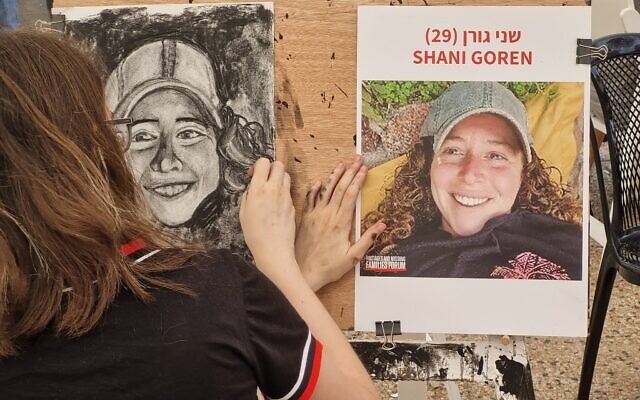
In the square in front of the Tel Aviv Museum of Art, an unlikely mixture of Israeli artists dropped their paint brushes and charcoal pencils and ran for cover as a siren signaling an incoming rocket wailed on Oct. 26.
After waiting in a nearby bomb shelter until they heard the rocket’s detonation, the group members — which included a middle-aged Orthodox woman in a headscarf and a tattooed woman in her 20s wearing a black halter top — returned to their easels and refocused their attention on the photos mounted beside them.
The photos were of Israelis reported as missing or kidnapped following the bloody massacre by Hamas terrorists on Oct. 7, which left 1,400 dead — most of them civilians, including women, children, the elderly and entire families. To date, some 240 families of hostages have been notified by the military that their relatives are now being held in Gaza.
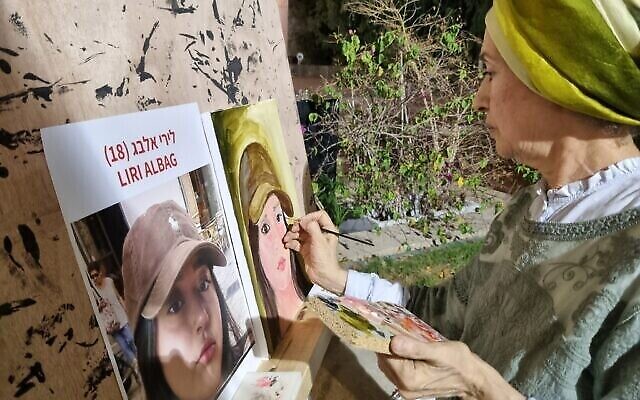
Each artist in that Tel Aviv square was directing their talent toward a singular cause: the creation of a portrait of one of the hostages as part of a project called This Is Us, which seeks to call attention to the plight of the missing and help bring them home safely.
The artists worked in two shifts of 10 every day last week. Others painted from their own studios as well, bringing the total number of participants up to 150, organizers said.
“It was a very intimate experience for me to paint the portrait of one of the kidnapped hostages,” said Hodaya Gilad, who lives in the central Israeli city of Elad and chose to portray 18-year-old Liri Albag. “I kept on thinking about what she was going through and I felt that somehow I was getting to know her personally.”
Gilad is a member of Yotzrim Seviva (Artists of the Environment), an organization that provides a platform for artistic output by women in Israel’s Haredi, or ultra-Orthodox, community. It was founded a decade ago by artist Michal Rozner, who came up with the idea for the current portrait project during a discussion with Yifat Gurion, a curator of the annual Tel Aviv Fresh Paint art fair.
“We both believe in the power of art to create empathy among people and here was an opportunity for two very different groups to work together,” said Gurion. She pointed out that the project’s name is meant to say, “It’s about all of us, it could be any one of us who was kidnapped.”
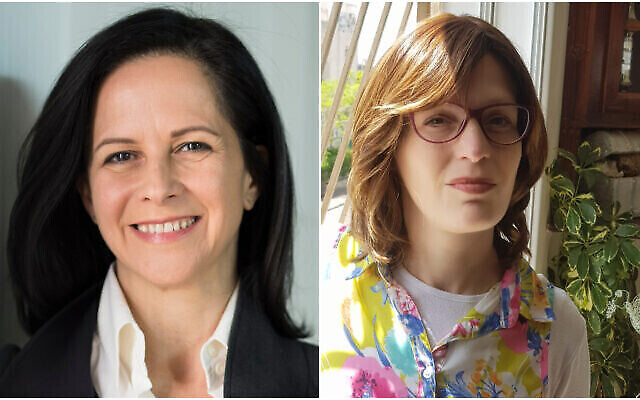
In planning the project, Gurion and Rozner worked closely with Bring Them Home Now, also known as the Hostages and Missing Families Forum.
“We made it clear that we didn’t see this as an attempt at commemoration, but rather an effort to create awareness about the hostages,” said Gurion.
Artist Netta Lieber Sheffer chose to paint a portrait of Ronen and Karina Engel, who were kidnapped along with their two daughters.
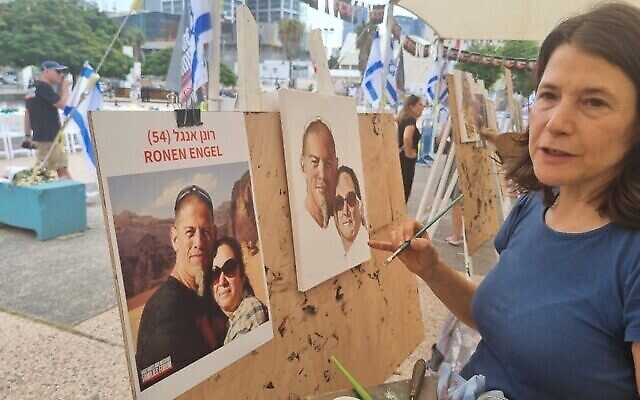
“Painting these people was a more powerful experience than I expected, something I approached with a sense of mission and purpose,” said Lieber Sheffer, adding that the impact of a painted portrait can be stronger than that of a photo.
“Photos seem to capture a fleeting glance of a person, whereas there is something about an image created through oil on canvas that depicts the person in a way that is more real and alive,” she said.
To amplify the impact of the project, the organizers decided to have the artists actually create their portraits in a public space. They chose an area in the Tel Aviv Museum of Art square where other artistic works relating to the war are on display, including tables with more than 200 place settings for a Friday night meal that is representative of those who are missing.
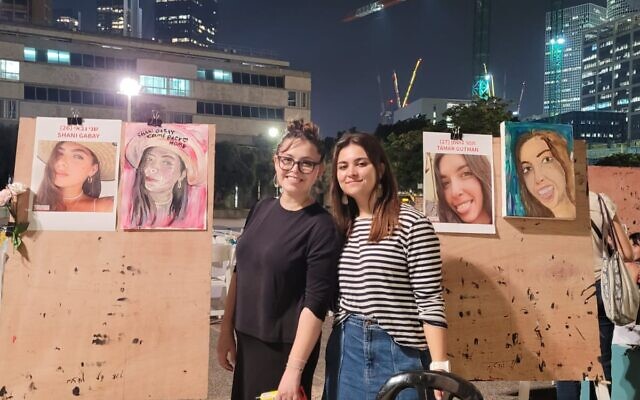
Gurion notes that the square, which has been unofficially renamed The Kidnapped and Missing Square, has attracted large crowds.
“Many people stopped to talk with the artists and share their feelings,” she said.
The square was also the site of an angry demonstration by the families of the kidnapped and missing, held on the evening of Oct. 26.
“It was very frustrating to hear the speeches being made by the families,” said Gilad, who worked on her portrait of Albag during the demonstration. “Three weeks had passed and they had not heard anything from the government about what was happening. They felt very much alone.”
Gilad recalls a very moving — and somewhat surreal — moment that occurred when Albag’s sister walked by and noticed the portrait that she was creating.
“After she told me who she was, we embraced each other. Then she called out to her mother who was nearby, ‘Mom, Liri’s here,’” Gilad said.
There have been many other emotional moments for the artists. After Galia Hili Pasternak posted her portrait of 40-year-old Moran Stela Yanai on Facebook, Yanai’s sister came across the picture and contacted her to express her gratitude.
“It was a very touching moment in what has been a very difficult experience,” recalled Pasternak. “I couldn’t stop crying throughout the painting of the portrait, but I felt that using my skill as an artist was my way of doing what I can to protect Moran, to give her hope.”



comments